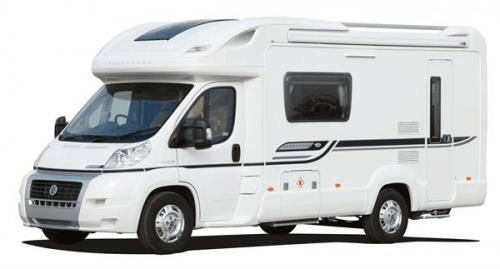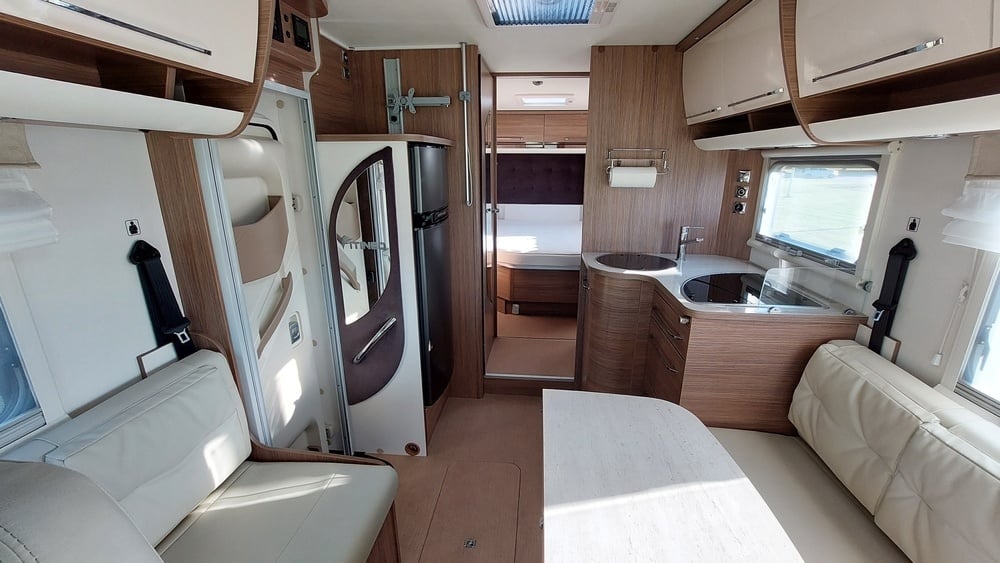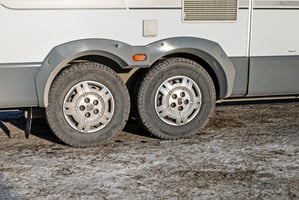These days, being able to check a vehicle’s MOT history has never been easier. Whether you want the...
Staying in your motorhome is like being home from home, isn’t it… It’s no wonder then that many motorhome owners feel the urge to personalise their space, adding a few personal touches here and there that reflect their tastes and style.
However, before you reach for the paintbrush or start ripping out cabinets, it’s important to consider the potential downsides of making significant changes to your motorhome’s interior.
And trust me, we’ve seen some horror stories on this topic… including wallpaper that left behind a nasty-coloured slime that was almost impossible to get off the walls, and peeling paint which appeared determined to remove itself from the surface beneath it…

One of the most compelling reasons to avoid making drastic personal changes to your motorhome is the impact it can have on its resale value. Motorhomes, much like cars, depreciate over time, and any modifications you make can further reduce their market value. Buyers in the market for a used motorhome are often looking for one that is in as close to original condition as possible, often because factory-finished interiors are designed to meet a broad range of tastes and are generally considered more reliable and durable.
When you customise your motorhome, you narrow the pool of potential buyers, as not everyone will share your aesthetic preferences. A brightly-coloured kitchen or a quirky wallpaper might be your dream, but it could be a deal-breaker for someone else. Indeed, wallpapering the inside can knock hundreds, potentially thousands of pounds off of the value - we have unfortunately had to lower our offers for motorhomes in the past for this very issue. In a nutshell - don’t do it…

Another key factor to consider is how modifications can affect your motorhome’s warranty and your insurance. Many manufacturers offer warranties that cover certain aspects of your motorhome for a set period. If you make alterations to the interior, such as changing the layout or replacing fixtures, you might end up voiding the warranty. This could leave you unprotected if something goes wrong, leading to expensive repairs that would have otherwise been covered.
Similarly, your insurance policy might not cover damage caused by modifications. If a leak or electrical fault occurs due to changes you’ve made, you could find yourself footing the bill for any repairs.
Motorhome interiors are carefully designed, in order to maximise the space and functionality within what is often a compact area. Every fixture and fitting has been selected for its practicality, durability and also its safety. When you start making changes, you risk compromising this balance. For example, replacing built-in storage with furniture that suits your style could leave you with less space for essentials and for moving around inside, making your motorhome less functional for everyday use.
It’s natural to feel emotionally attached to your motorhome, especially if it’s been your home away from home on many adventures. However, it’s important to keep in mind that it’s also a significant financial asset. Making changes that suit your personal taste might make it feel more like ‘yours,’ but it could also reduce its value and marketability in the long run.
If you want to, think about adding some amazing small appliances or some modern tech, and perhaps some removable soft furnishings like cushions and cosy throws. Even adding removable soft furnishing covers might be a good idea, as they will protect the existing upholstery fabric and can easily be taken off in the future.

If you do make any significant changes, when the time comes to sell your motorhome, you might find that potential buyers are put off by what you’ve done, leaving you with a vehicle that’s harder to sell and likely to fetch a lower price than you anticipated. We’ve seen people change the seating cushions and mattresses, only to find that the new ones don’t quite fit, and this has put potential buyers off from purchasing the motorhome from them.
So, to conclude, while it can be tempting to add personal touches to your motorhome, it’s worth thinking twice before making any significant changes. Instead of making permanent alterations, consider adding temporary or removable decorations that can be easily taken down when it’s time to sell. This way, you can enjoy the best of both worlds - personalising your space, without compromising your investment.







